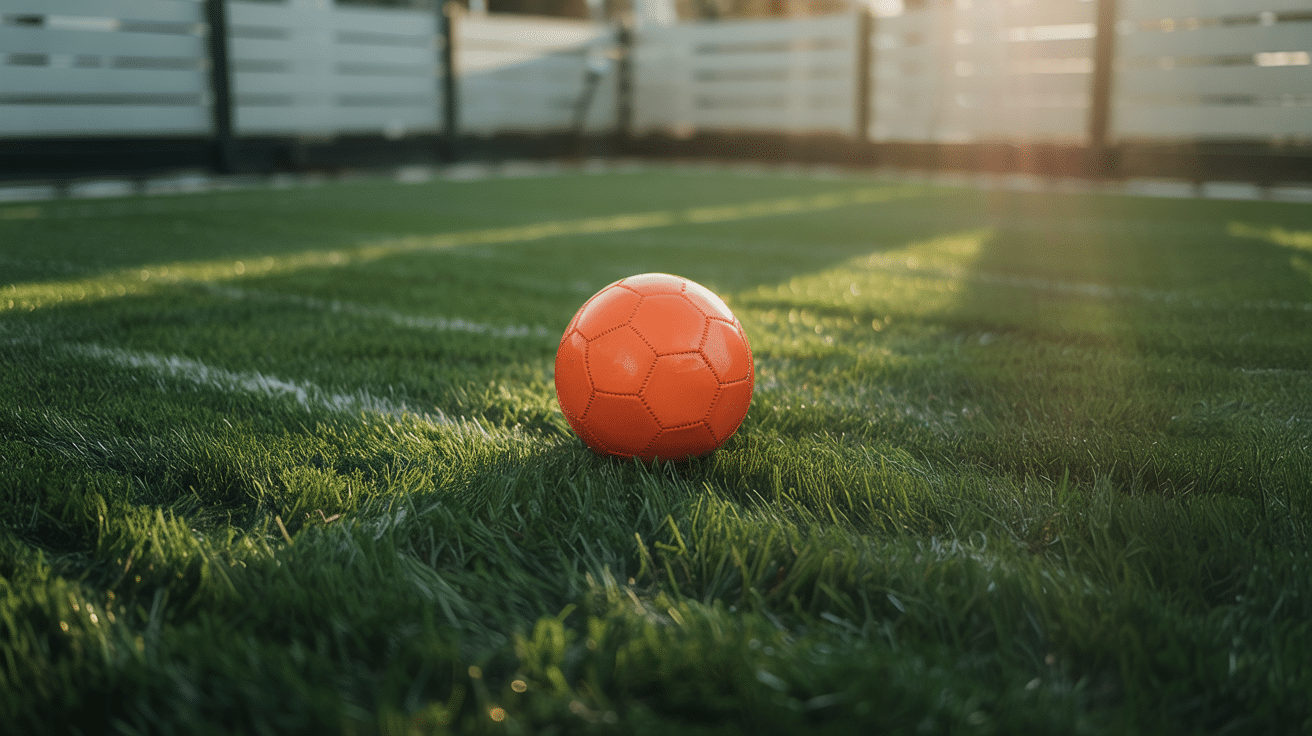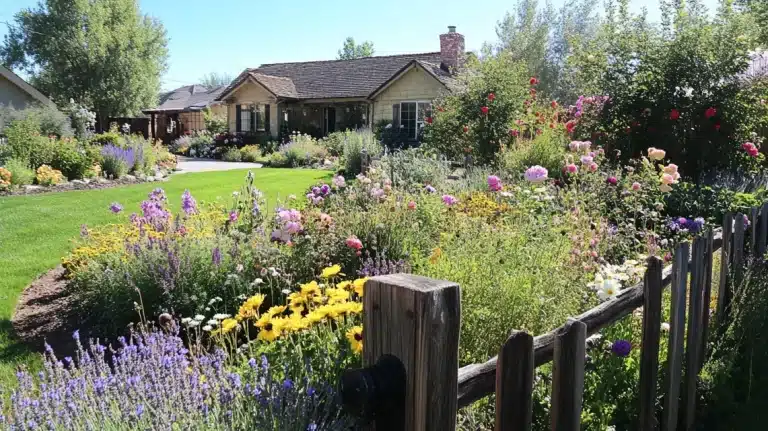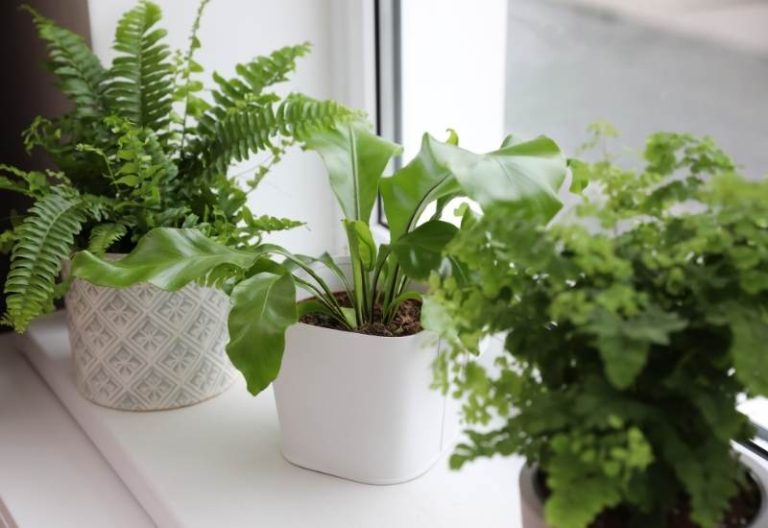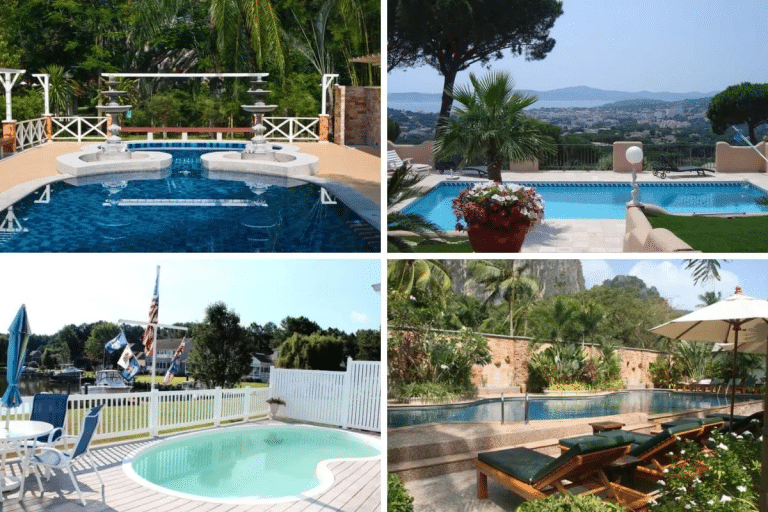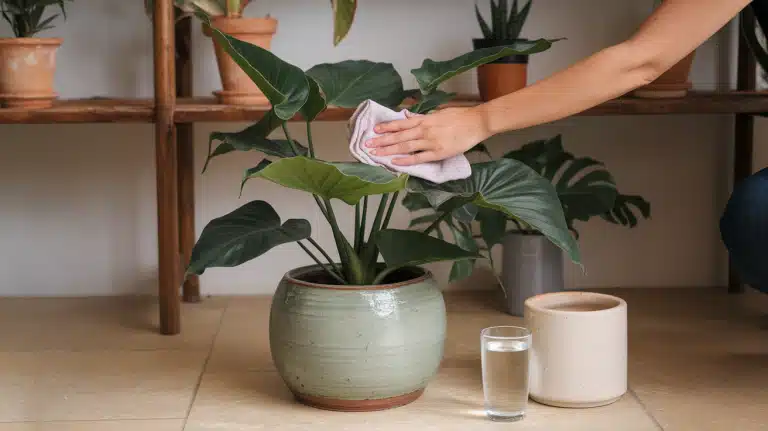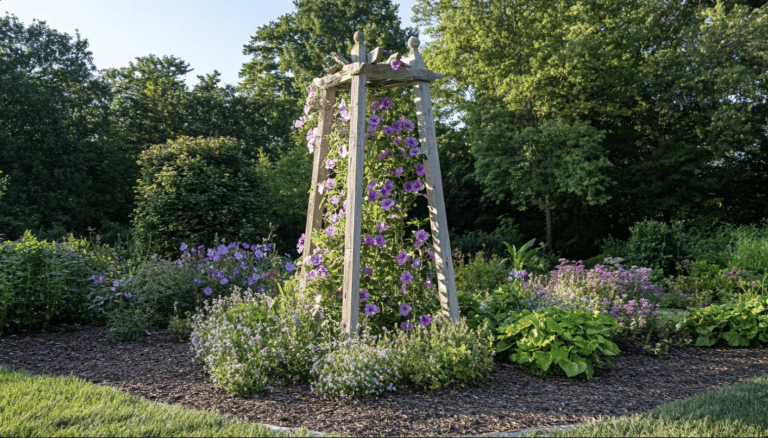How to Determine the Lifespan of Your Turf?
Artificial turf has become increasingly popular for residential yards and sports facilities across the country.
Many property owners are switching from natural grass to synthetic alternatives, seeking solutions that require less water and maintenance.
This shift reflects growing concerns about water conservation and the desire for year-round green spaces.
Understanding the expected lifespan of artificial grass is essential for anyone considering this investment. It will help them make informed decisions and plan for future costs.
Why Choose Artificial Turf for Your Lawn?
Artificial turf is a great choice for homeowners seeking a low-maintenance, eco-friendly lawn. One of its biggest benefits is water conservation—since it requires no watering, it’s ideal for areas with water restrictions or high utility costs.
It also saves time and money with minimal upkeep. No mowing, fertilizing, or reseeding is needed, and your lawn stays green year-round.
Another key advantage is durability. Artificial turf can handle heavy foot traffic and various weather conditions without fading, browning, or wearing out.
Plus, it looks great in all seasons. Whether it’s hot or rainy, artificial turf stays pristine, avoiding the muddy patches and bare spots common with natural grass.
What Factors Affect the Lifespan of Turf?
Quality of Materials
The durability of artificial grass depends on the materials used in its construction. Premium synthetic fibers with UV stabilizers resist fading and breaking down from sun exposure, while quality backing systems prevent shrinking and expanding during temperature changes.
Polyethylene fibers offer a natural look with moderate durability, while nylon fibers provide greater strength at a higher cost. The thickness of the fibers also impacts durability, with thicker fibers generally holding up better over time.
Installation Process
Proper installation significantly impacts turf longevity. This includes adequate base preparation with a correct drainage slope, secure seaming techniques, and appropriate infill application.
Professional installation typically results in a surface that maintains its integrity for many years, as improper installation can lead to premature backing failure, uneven wear, and drainage problems.
Foot Traffic and Usage
The amount and type of activity on your turf directly impact its lifespan. Residential lawns with light foot traffic naturally last longer than sports fields where players run, turn, and slide regularly.
The type of footwear used also matters—athletic cleats cause more stress than regular shoes or bare feet. For homes with active pets, selecting pet-friendly turf with stronger fibers and improved drainage can significantly extend your installation’s useful life.
Climate and Weather Conditions
Environmental factors play a major role in determining how quickly artificial grass ages. Intense sunlight accelerates color fading, while heavy rainfall requires excellent drainage to prevent backing damage.
Extreme temperatures can affect material integrity, with cold making fibers more brittle and heat causing backing materials to expand or contract.
What is the Average Lifespan of Artificial Turf?
Most high-quality artificial grass products last between 8 and 15 years. Residential installations with minimal foot traffic tend to reach the upper end of this range, while sports fields might need replacement sooner.
With exceptional care and moderate use, some homeowners report their turf remaining in good condition for up to 20 years.
The wear pattern isn’t always uniform—high-use areas may show signs of flattening or fiber loss before the rest of the installation.
This uneven wear sometimes allows for partial replacement rather than a complete reinstallation. Manufacturers typically offer warranties ranging from 8 to 15 years, with different tiers of coverage throughout the warranty period.
Signs Your Turf Needs Replacement
Warning signs that your turf is reaching the end of its useful life include:
- Significant matting that doesn’t respond to brushing
- Visible backing through thinning fiber areas
- Seams that have separated and cannot be properly repaired
- Drainage problems are not fixable through cleaning
- Noticeable color fading across large sections
- Backing that has become brittle or is tearing easily
These indicators typically appear gradually, allowing property owners time to plan for replacement.
How to Extend the Life of Your Turf?
1. Regular Maintenance
Routine maintenance is key to extending the life of your artificial turf. Remove debris regularly to prevent staining, and brush the fibers to keep them standing upright, especially in high-traffic areas.
Rinsing the turf occasionally helps clear dust and small particles before they settle into the base. To avoid damage from sticky substances like tree sap, use cleaners designed for artificial grass. If spills occur, act quickly by applying mild soap and water to prevent permanent staining.
2. Infill Replenishment
The granular material between the turf fibers provides stability and cushioning. Over time, this infill can wash away or compact, requiring additional material to maintain proper levels.
Checking infill depth annually and adding more when needed helps keep the turf’s comfortable feel and structural support.
3. Professional Care
While most property owners can handle regular maintenance, scheduling professional cleaning services every 1-2 years helps remove deeply embedded dirt and bacteria.
These services typically involve machinery that simultaneously brushes fibers, extracts debris, and applies treatments if needed.
Seasonal Considerations for Turf Care
Different seasons present unique challenges:
- Spring: Address any winter damage and perform a thorough cleaning to remove pollen and debris.
- Summer: Occasional light watering can help cool the surface during hot periods, making it more comfortable for use.
- Fall: Focus on removing leaves before they decompose on the surface.
- Winter: When possible, allow snow to melt naturally; if removal is necessary, use plastic snow shovels and avoid ice-melting chemicals.
Artificial Turf vs. Natural Grass: A Longevity Comparison
| Category | Artificial Turf | Natural Grass |
|---|---|---|
| Installation Cost | $5 to $20 per square foot | $1 to $3 per square foot |
| Ongoing Maintenance Costs | $100 to $200 per year (cleaning, brushing, infill) | $500 to $1,500 per year (mowing, watering, fertilizing) |
| Water Costs | $0 (no irrigation required) | $200 to $600 annually (irrigation costs) |
| Water Usage | No water usage | Significant water usage for irrigation |
| Long-Term (10 years) Cost | $6,000 to $22,000 (including installation & maintenance) | $7,000 to $21,000 (including installation, maintenance, & water) |
| Lifespan | 10+ years (minimal maintenance needed) | 2-5 years (may need reseeding or resodding in high-use areas) |
| Environmental Impact | No water usage, but uses petroleum-based materials | Requires water, provides cooling and oxygen production |
| Recyclability | Some newer products are recyclable and use recycled materials | Natural, biodegradable, but requires significant water and resources |
Technological Advances Extending Turf Life
Recent innovations in artificial turf technology directly impact longevity:
- Improved Fiber Technology: Dual-fiber systems combine different shapes and thicknesses for better durability and appearance.
- Advanced Backing Systems: Newer backing materials resist shrinking and stretching and may incorporate antimicrobial properties.
- Temperature-Regulating Components: Heat-reflective technology helps reduce surface temperatures, decreasing heat stress on materials.
Conclusion
Ultimately, artificial turf provides a practical and low-maintenance solution for those seeking a lush, green space year-round.
While the initial investment is higher than natural grass, the long-term savings in water, maintenance, and time make it a smart choice for many homeowners.
With advancements in materials and technology, today’s turf is more durable, realistic, and environmentally friendly than ever before.
Whether you’re looking to save on water bills, reduce upkeep, or enjoy a beautiful lawn without the hassle, artificial turf provides lasting value and a consistent, vibrant outdoor space.
Invest in your future with a lawn that works as hard as you do.
Frequently Asked Questions
How Often Should Turf Be Replaced?
With proper care, artificial turf lasts 8-15 years. Replace it when you see matting, thinning, or drainage problems.
Is Turf Hard to Maintain?
No, turf is low-maintenance. It requires occasional cleaning, brushing to keep fibers upright, and rinsing to remove dust. You also need to replenish infill and address spills quickly to avoid staining.
Does Turf Fade Over Time?
Yes, turf can fade over time, especially with prolonged exposure to intense sunlight. However, high-quality turf with UV stabilizers is designed to resist fading and maintain its color longer.

